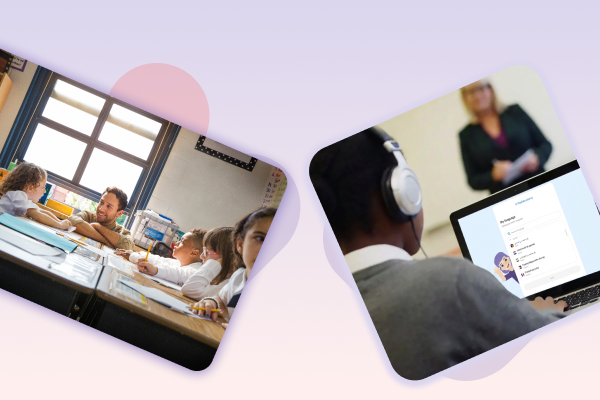

Guest blog by Anjali Khanna, Head of Primary ELL at GEMS Wellington Academy
Hello, I’m Anjali Khanna, and I’ve worked at GEMS Wellington Academy for the past five years. I’ve had the privilege of supporting EAL (English as an Additional Language) students both here at the academy and previously in Scotland. I’m passionate about creating an inclusive and empowering environment for all learners.
In this blog, I’d like to share how we use FlashAcademy® assessments to track progress and personalise learning for our EAL students throughout the school year.
Tracking progress with purpose: Using FlashAcademy® assessments to support EAL learners
At the Academy, we ensure every EAL student receives the right support. This begins with understanding their starting point, and ends with celebrating their growth. One of the most effective ways we do this is by using FlashAcademy®’s assessment tools, which provide a clear and structured way to measure language development over time.
Start- and end-of-year assessments
We assess each EAL student at two key points in the academic year: when they arrive and again towards the end of the year. This provides a powerful way to track progress and helps us tell a story, not just about what students know, but how far they’ve come.
The results allow us to tailor our teaching and give students the recognition they deserve for their achievements. It’s also a valuable way to engage with parents and demonstrate the impact of our EAL provision.
A clear focus on all four language skills
FlashAcademy® assessments are structured around the four essential language skills:
- Speaking: Students record verbal responses, giving us insight into their pronunciation, fluency and vocabulary use.
- Listening: Learners answer questions based on audio clips, helping us evaluate comprehension and processing.
- Reading: We assess their ability to decode written English and understand meaning through short texts and questions.
- Writing: Students complete writing tasks that test grammar, spelling and sentence structure.
This breakdown ensures we get a balanced picture of each learner’s strengths and areas for development. It also allows us to monitor how students are progressing in each skill, not just overall.
Informing planning and personalising learning
The data from these assessments doesn’t just sit in a folder, it actively shapes how we teach. After analysing the results, we:
- Plan lessons around the specific needs of our learners
- Group students effectively for targeted activities
- Set individual goals that motivate learners and track improvement
- Adapt resources to meet each student’s current level of English
This makes our teaching more effective and ensures no student is left behind. It also allows us to differentiate our classroom strategies, whether we’re supporting a newly arrived beginner or a more advanced learner ready to stretch their skills further.
Making assessment meaningful
What we value most about FlashAcademy®’s assessment tools is how they turn data into action. Rather than generic levels or vague reports, we get detailed feedback that supports meaningful decision-making in our teaching. Students also gain confidence from seeing their progress in tangible ways.
Advice for other schools
If your school is considering using FlashAcademy® assessments, our advice is: make it part of your routine. Use it to establish a strong starting point, track growth and guide your planning. The assessments are clear, skill-based and provide valuable insights that make a real difference in the classroom.
Want to feature in our sharing best practice series?
We want to share more stories and practical tips about how you implement FlashAcademy® with your students. If you’d like to share your story, please email our marketing team.

